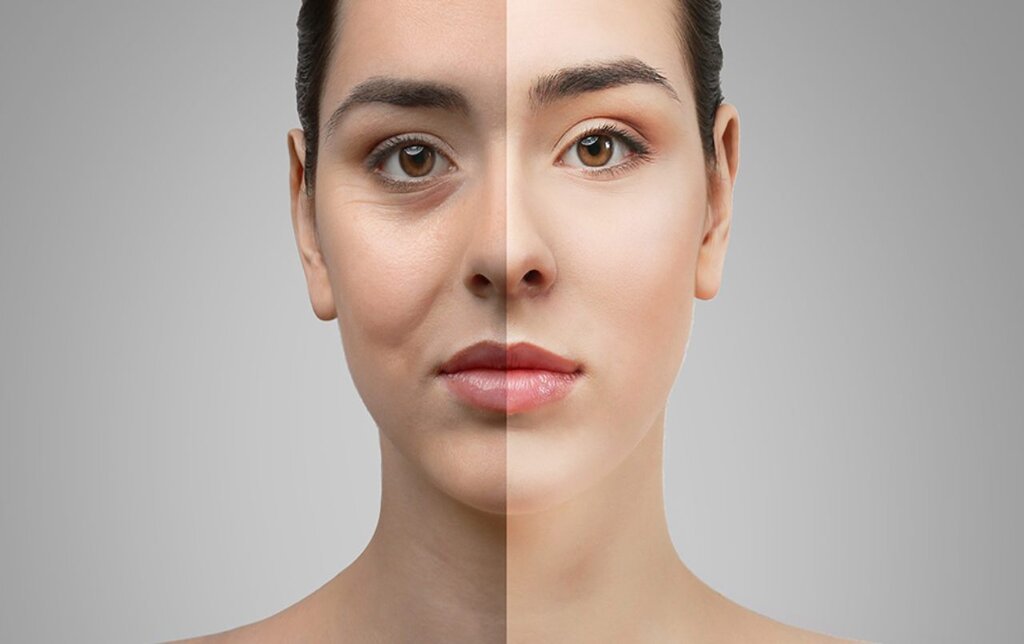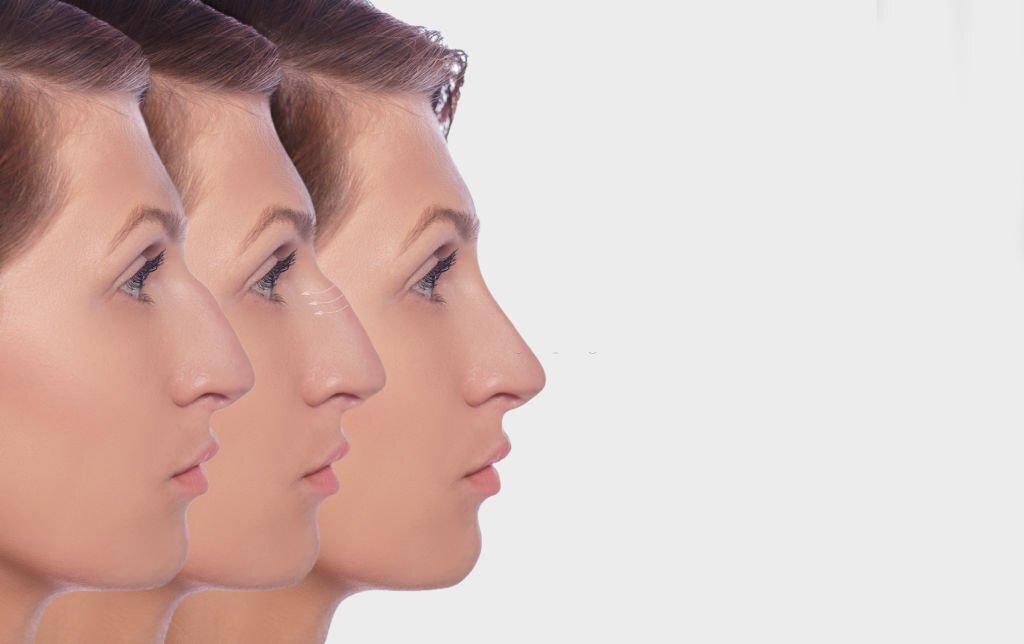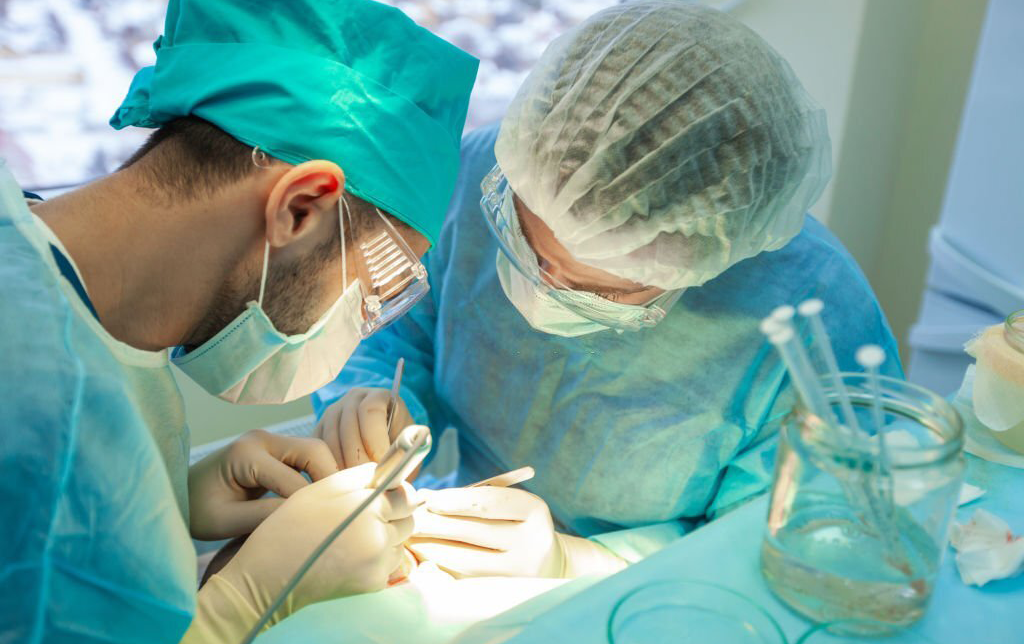Blogs

Understanding Blepharoplasty: The Key to Rejuvenated Eyes
Blepharoplasty, commonly known as eyelid surgery, is a transformative procedure designed to address droopy or sagging eyelids. This surgery involves removing excess skin, muscle, and fat from the eyelids to improve both appearance and function. As we age, the skin around the eyes loses elasticity, and the muscles supporting the eyelids weaken, leading to a tired and aged appearance. This blog provides an in-depth look at blepharoplasty, including its benefits, procedures, recovery, and advancements.
Causes and Indications for Blepharoplasty
Blepharoplasty is primarily considered due to the natural aging process. Over time, skin loses its elasticity, and gravity causes excessive skin to accumulate on the upper and lower eyelids. Other factors contributing to eyelid issues include:
– Genetics: Inherited traits can influence the degree of sagging.
– Sun Exposure: Prolonged exposure to UV rays accelerates skin aging.
– Lifestyle Choices: Smoking and poor skincare habits can exacerbate eyelid problems.
Functional and Aesthetic Benefits
- Improved Vision
– Excess skin on the upper eyelids can obstruct peripheral vision and make daily tasks such as reading or driving challenging. Blepharoplasty can remove this excess skin, thereby restoring a full field of vision.
- Youthful Appearance
– Sagging eyelids and puffiness under the eyes can make a person appear older and more fatigued. Eyelid surgery rejuvenates the appearance, resulting in a more alert and youthful look.
- Symmetry and Balance
– Some individuals experience asymmetry between their eyelids. Eyelid surgery can help achieve better symmetry and balance, enhancing overall facial harmony.
The Procedure
Blepharoplasty can target the upper eyelids, lower eyelids, or both, depending on the patient’s needs. The surgery is generally performed on an outpatient basis under local anesthesia with sedation or general anesthesia.
- Upper Eyelid Surgery
– Procedure**: An incision is made within the natural crease of the eyelid. Excess skin, muscle, and fat are removed, and the incision is closed with fine sutures to minimize visible scarring.
- Lower Eyelid Surgery
– Procedure**: An incision is made just below the lower lash line or inside the lower eyelid (transconjunctival approach). Excess fat is removed or repositioned, and a small amount of skin may be removed to smooth the area.
- Combined Procedure
– Procedure**: Many patients opt for both upper and lower eyelid surgery in a single session to address all areas of concern and maximize aesthetic benefits.
Recovery and Results
- Immediate Post-Operative Period
– Expect some swelling, bruising, and discomfort around the eyes in the initial days following surgery. Cold compresses and prescribed medications can help manage these symptoms.
- First Week
– Most patients resume normal activities within a week, though some bruising may persist. Stitches are typically removed within five to seven days.
- Long-Term Recovery
– Swelling and bruising gradually subside over several weeks. The final results, including smoother and more youthful-looking eyelids, are usually visible within a few months.
Risks and Considerations
As with any surgery, blepharoplasty carries risks and potential complications, including:
– Infection: Proper hygiene and post-operative care are essential to minimize this risk.
– Dry Eyes: Some patients may experience dryness post-surgery.
– Difficulty Closing the Eyes: This can occur but usually resolves over time.
– Scarring and Vision Changes: Scarring is minimized, but rare cases of vision changes may occur.
Choosing an experienced, board-certified plastic surgeon can help mitigate these risks and ensure a satisfactory outcome.
Advanced Techniques and Trends
Modern advancements in blepharoplasty offer improved results and reduced recovery time:
- Laser Eyelid Surgery
– Technique: Uses laser technology for precise incisions and tissue removal, reducing bleeding and bruising.
- Fat Grafting
– Technique: Instead of just removing fat, surgeons can reposition or add fat to areas needing volume, creating a smoother transition between the lower eyelid and cheek.
- Minimally Invasive Procedures
– Technique: Non-surgical options such as skin tightening and injectable fillers can complement eyelid surgery, addressing fine lines and volume loss around the eyes.
Psychological and Social Impact
The psychological benefits of blepharoplasty are significant. Many patients experience enhanced self-esteem and confidence following surgery, leading to improved social interactions and overall quality of life.
Blepharoplasty is a highly effective procedure for addressing functional and aesthetic concerns related to aging eyelids. By removing excess skin, muscle, and fat, the surgery can rejuvenate the eyes and improve vision. Advances in surgical techniques continue to enhance the safety and efficacy of eyelid surgery, making it a popular choice for individuals seeking a refreshed and youthful appearance. With careful planning, skilled execution, and proper post-operative care, blepharoplasty can deliver long-lasting and satisfying results.
Popular Posts

Nose Surgery (Rhinoplasty)
Nose reshaping (rhinoplasty or a "nose job") is an operation to change the shape or size of the nose...

Best Hair Transplant Doctor In Nagpur Location
Saundarya City Uses Modern techniques have enabled advanced methods for surgical hair transplants that can help restore lost hair...



 Book an Appointment
Book an Appointment